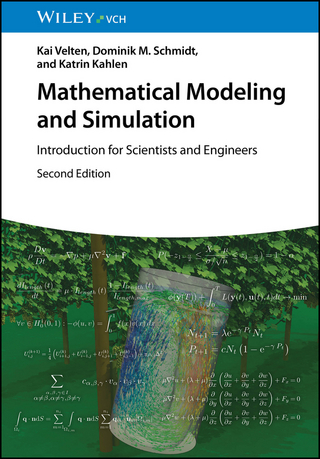
Autoxidation in Food and Biological Systems
Springer-Verlag New York Inc.
978-1-4757-9353-6 (ISBN)
Mechanisms of Autoxidation.- 1. Initiation of the Autoxidation of Polyunsaturated Fatty Acids (PUFA) by Ozone and Nitrogen Dioxide.- 2. Kinetic and Mechanistic Studies of Peroxy, Vitamin E and Anti-Oxidant Free Radicals by Pulse Radiolysis.- 3. Singlet Oxygen-Initiated Photooxidation of Unsaturated Fatty Acid Esters and Inhibitory Effects of Tocopherols and ?-Carotene.- 4. EPR Studies in Autoxidation.- 5. Spin Trapping of Radical Species Involved in the Propagation of Lipid Peroxidation.- 6. Dioxygen Complexes as Intermediates in Metal-Catalyzed Oxidation of Organic Substances.- 7. The Autoxidation of Cholesterol.- Food and Model Systems.- 8. Activities of FDA’S Division of Nutrition Regarding Cholesterol Oxides.- 9. Analytical Methods Used in the Study of Autoxidation Processes.- 10. Rapid Instrumental Analysis of Lipid Oxidation Products.- 11. Simplified Tests for Fat Deterioration.- 12. Lipid Oxidation, Secondary Reactions, and Water Activity of Foods.- 13. Autoxidation of Fats and Oils at Elevated Temperatures.- 14. Lipid Hydroperoxide Induced Oxidation of Cysteine in Peptides.- 15. Degradation Products of L-Tryptophan Reacted with Peroxidizing Methyl Linoleate.- 16. Oxidative Crosslinking of Proteins and Other Biopolymers.- Antioxidants.- 17. Natural Antioxidants.- 18. Natural Antioxidants of Soybeans and Other Oil-Seeds.- 19. Recent Trends in Food Applications of Antioxidants.- 20. Antioxidative Effect of Maillard Reaction Intermediates.- 21. Antioxidants as Blocking Agents Against Nitrosamine Formation.- 22. Optimization of the Antioxidant System in a Dietary Supplement.- Biochemical Systems.- 23. Peroxidation of Lipids in Model Systems and in Biomembranes.- 24. Superoxide Radical and Superoxide Dismutases: Threat and Defense.- 25. Lipid Enzymes: Lipases,Lipoxygenases, and “Hydroperoxidases”.- 26. Enzyme-Catalyzed Lipid Oxidation in Muscle Microsomes.- 27. Lipoxygenase-Catalysed Oxidation of Linoleic Acid.- 28. Lipid Peroxidation: The Role of Hepatic Fad-Monooxygenase.- Biological Systems.- 29. Intracellular Mechanisms for Lipid Peroxide Decomposition.- 30. Biological Effects of Some Products of Cholesterol Autoxidation.- 31. Possible Role of Oxidized Lipids in Atherosclerosis.- 32. Arterial Wall Injury and Repair Due to Oxygenated Sterols and Possible Precursors.- 33. Is Peroxidation Important in the Cancer Process.
| Zusatzinfo | XII, 659 p. |
|---|---|
| Verlagsort | New York, NY |
| Sprache | englisch |
| Maße | 178 x 254 mm |
| Themenwelt | Naturwissenschaften ► Chemie |
| Technik ► Lebensmitteltechnologie | |
| ISBN-10 | 1-4757-9353-7 / 1475793537 |
| ISBN-13 | 978-1-4757-9353-6 / 9781475793536 |
| Zustand | Neuware |
| Haben Sie eine Frage zum Produkt? |
aus dem Bereich


